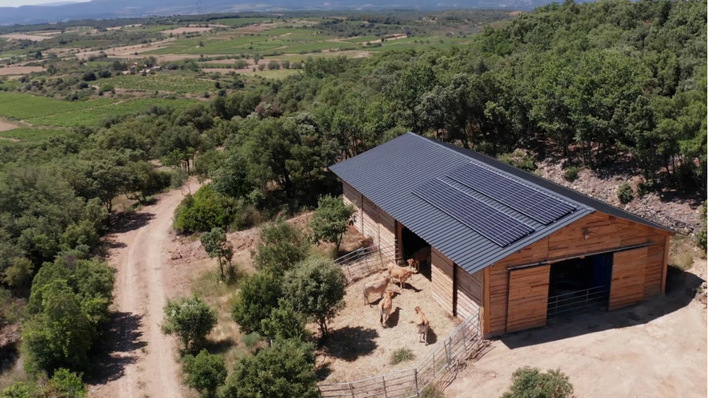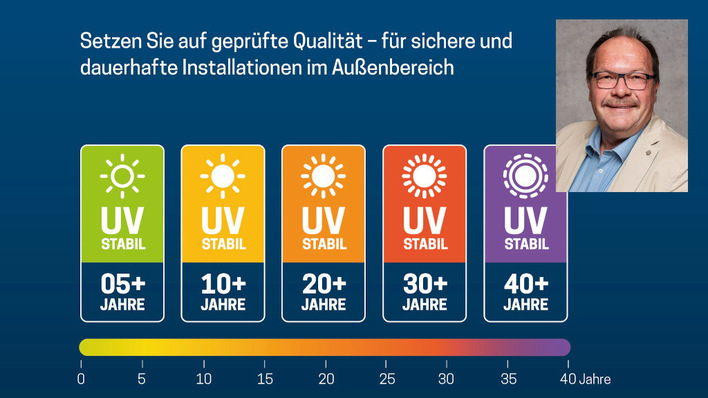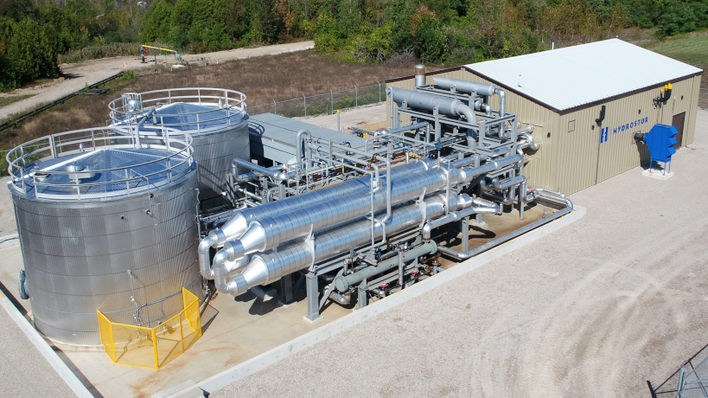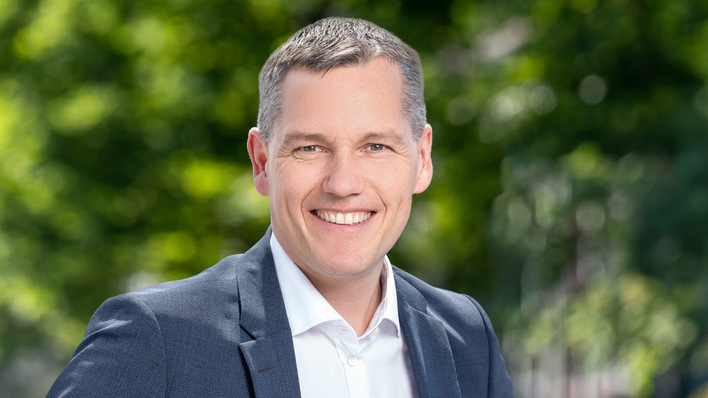Power purchase agreements (PPAs) are considered a key financing tool for the market-driven expansion of photovoltaics. According to analysts at Wood Mackenzie, new PPAs with a total capacity of 19 gigawatts were signed across Europe in 2024, led by Spain and Germany.
Last year, Germany signed 3.6 GW of renewable energy PPAs – a 323 percent increase compared to 2023 – while Spain reached 3.1 GW, up 12 percent. In total, PPA volumes in 2024 amounted to 11.6 GW in Spain and 6.6 GW in Germany.
Prices often slide into the minus
However, negative day-ahead electricity prices – caused by temporary oversupply from solar and wind power – are increasingly creating challenges for PPAs. This became evident at an event held at the Spanish Embassy in Berlin last week. In the first half of 2024, electricity prices on the exchange were negative for a total of 389 hours in Germany. This nearly matched the full-year figure for 2023, which stood at 399 hours; by the end of 2024, the total had climbed to 457 hours.
Joachim Goldbeck: “Negative electricity prices are a bad fit with PPAs”
In Spain, negative electricity prices were recorded on the exchange for the first time in April 2024, totalling 244 hours over the course of the year. After a winter break, the total number of hours with negative exchange prices (including hours with €0/MWh) in Spain already amounted to 459 in the first half of 2025.
Financing is faltering
According to Max von Hausen, Pexapark’s Country Lead for PPA Transactions in Germany, Spanish PV systems generated 7 percent of their electricity during periods of negative exchange prices last year, compared with 18 percent in Germany. These conditions complicate the negotiation and pricing of long‑term PPAs.
Expert view – challenges and opportunities in EU renewables
“Structuring bankable PPAs is becoming more difficult because market participants are unclear about when the negative price hours will decrease again,” said von Hausen.
Given uncertain price developments and ongoing economic volatility, many suppliers are reluctant to commit to long-term PPAs. A wide spread between peak and trough prices, combined with low market liquidity, further complicates transactions. While solar module prices have declined, other costs – including grid connection, land and financing – remain high. As a result, it is difficult to realise projects economically at low or uncertain PPA prices.
Market slumps
According to the expert at Pexapark, the PPA market has already collapsed in 2025. In Spain, the capacity of announced PPAs fell to just over 1,000 MW in the first quarter and around 500 MW in the second. In Germany, volumes dropped to around 200 MW in the first half of the year and just a few megawatts in the second. Across Europe, PPAs totalling 5.6 GW have been announced since the beginning of 2025 – significantly less than in previous years.
Solar Investors Guide – ELTIF 2.0 and PPAs open doors for investment
Von Hausen sees the flexibilisation of renewable generation and consumption as a key lever for avoiding negative electricity prices on the exchange and making PPAs more attractive and viable again. He also believes that a government safety net beyond the current feed-in tariff regime is necessary. “The energy transition can only succeed if price volatility and long-term risk are taken into account,” the expert emphasises.
FERGEI system as a model for risk hedging
This will require significantly more large-scale battery storage to smooth out generation peaks. Reducing grid connection bottlenecks and accelerating approval procedures will be key. Additional incentives are also needed for demand management and infrastructure digitalisation.
To limit the risks associated with PPAs, von Hausen also considers “efficient state guarantees” to be a useful instrument. He points to Spain’s FERGEI system (Reserve Fund to Guarantee Large Electricity Consumers), managed by the state-owned export credit agency CESCE since 2020, as a potential model. Under this scheme, up to 80 percent of a PPA’s contract value is guaranteed for both suppliers and buyers. In Germany, no comparable national credit guarantee system for PPAs currently exists.
Don't just rely on low industrial electricity prices
Von Hausen also advocated combining relief programmes for industry in terms of electricity prices with the promotion of renewable energies in order to advance the energy transition. He referred to corresponding regulations in Spain and Italy.
Future PPA market driven by tech and green hydrogen
In the ensuing discussion, representatives from the energy and industrial sectors emphasised the critical role of PPAs in advancing the energy transition, decarbonisation and a secure, cost-effective energy supply – despite current hurdles and risks.
Strengthening local producers and markets
“We are primarily focusing on physical on-site PPAs to strengthen local renewable producers and local markets,” said Sabrina Ritterbach, Energy & Renewables Global Lead at Bayer AG. The goal is to supply all Bayer sites in Germany with renewable electricity via PPAs by 2029. This goal has already been achieved in Spain.
Ritterbach emphasised that municipal utilities are key partners in implementing regionally focused PPAs, including those with smaller producers and shorter contract terms of three to five years. He noted that municipal companies serve as important intermediaries and bring considerable experience to the table. His company, for example, is working successfully with Wuppertaler Stadtwerke, among others.
EDP: more than 15 gigawatts under contract in PPAs worldwide
Hybrid models are the future
“For us, PPAs remain a key instrument on the path to climate neutrality,” said Pedro Vinagre, Executive Director North & Central Europe at EDP. He sees hybrid PPA models combining solar, wind and battery parks in electricity supply contracts as the next major step forward. (hcn)









